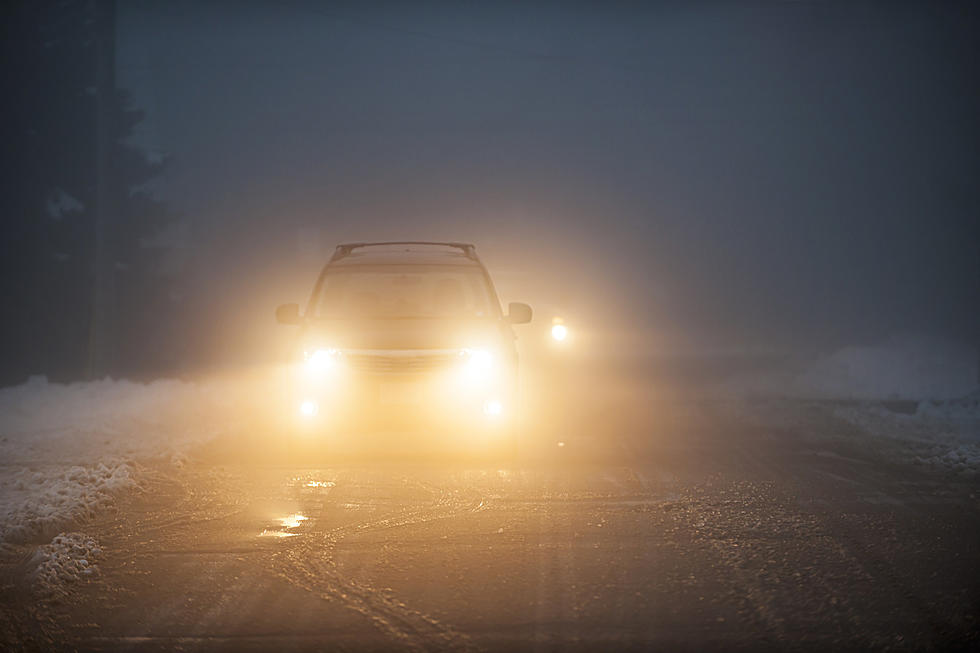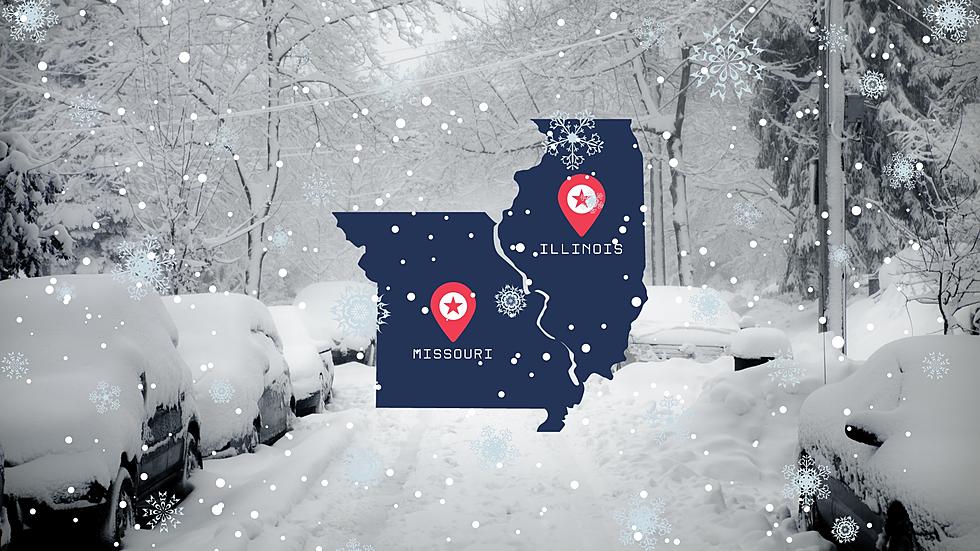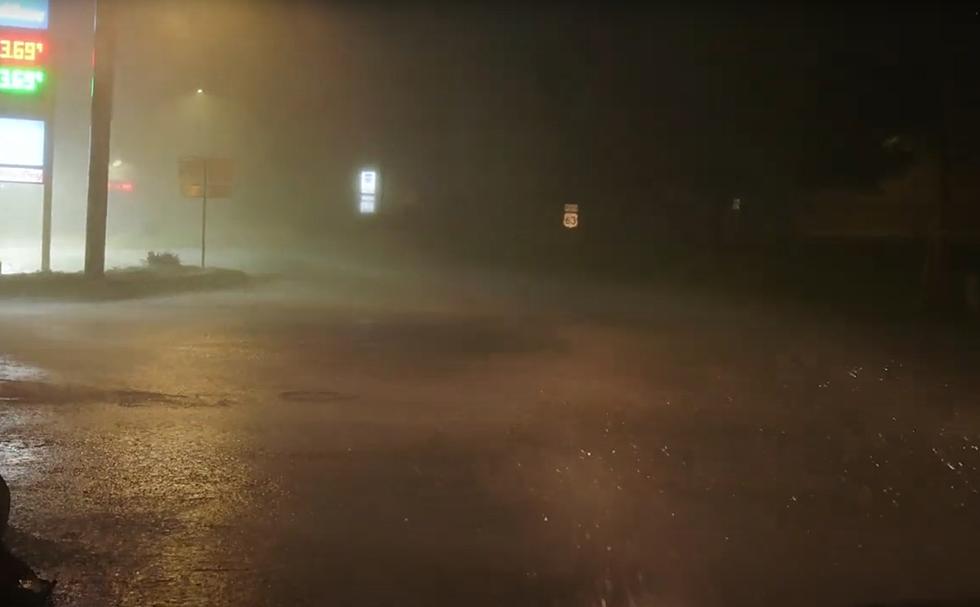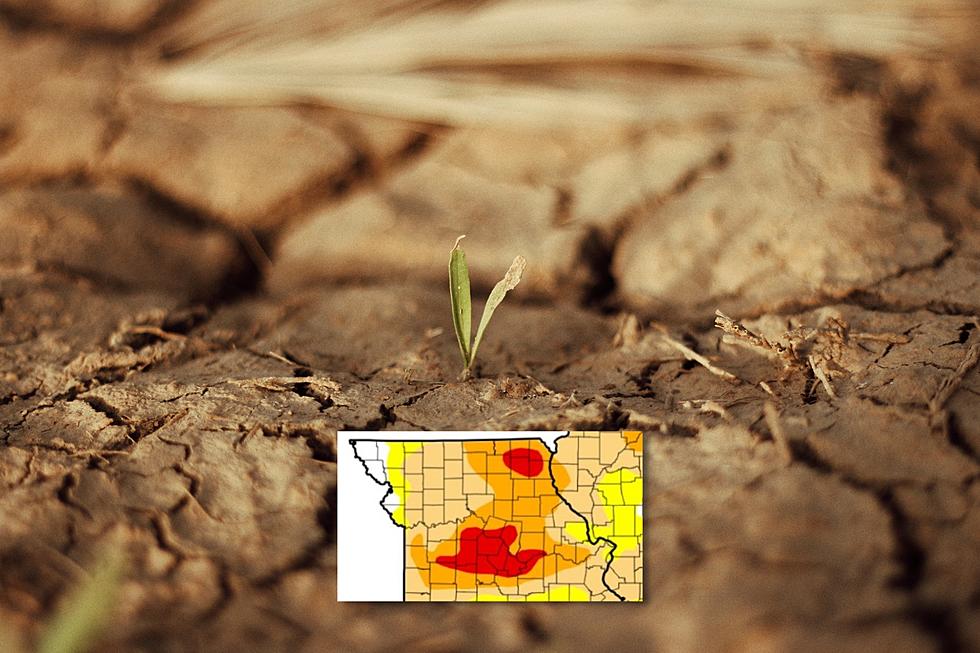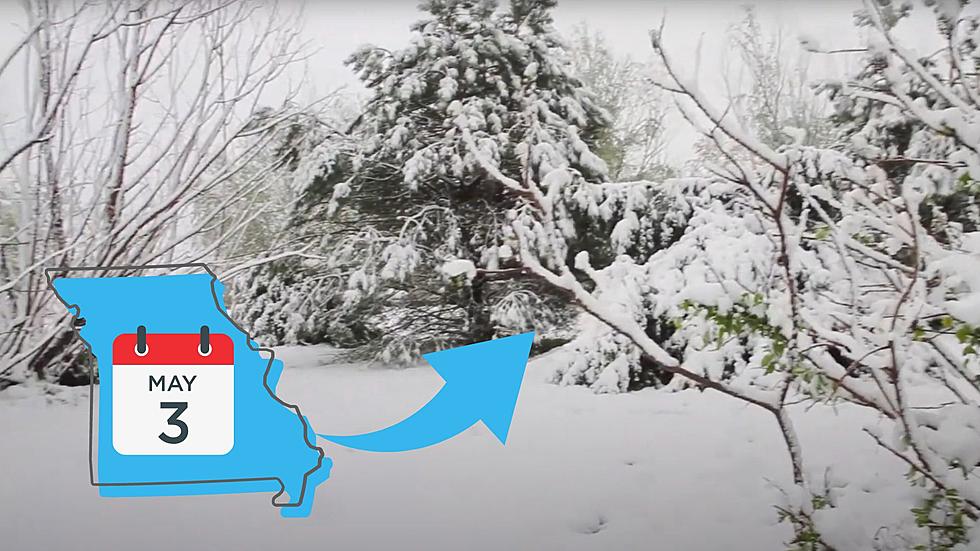
Snowflakes Are Shaped Differently, What About Raindrops?
We've seen the pictures of snowflakes magnified showing the different symmetrical shapes. So what about raindrops, do you think they are all shaped the same or differently?
With all the rain that we had during the past couple of months, we got our fair share of watching the raindrops fall from the sky. But what about those times when it's just a light rain and then the ones that are referred to 'Toad-Stranglers"? How do the raindrops look different?
When we draw raindrops on a piece of paper they're, most of the time, shaped like teardrops. Is that how they're really shaped? According to a story from the farmersalmanac.com, raindrops actually come in four different shapes, depending on size.
The smaller drops, i.e., ones that are one millimeter or less in size are perfectly round. Nothing like you'd think. But as they get a little larger, i.e., around the two-millimeter size, they become a little different looking. Here's how it's explained in the article:
They start to distort a little bit, looking something like a hamburger bun — flat on the bottom, rounded on the top.
Now moving up in size, i.e., three millimeter range, the raindrops change shape again. At this size as they fall, they become the shape of a kidney.
Now, as the drops get bigger they definitely take on another shape and form. In fact, if you could capture a picture of one falling from the sky, they actually stretch out and believe it or not they look like a pair of earmuffs, with two drops of water to either side, connected by a thin band of water.
So the next time it rains, I bet you'll look at those raindrops a little differently!
LOOK: The most expensive weather and climate disasters in recent decades
More From KIX 105.7

